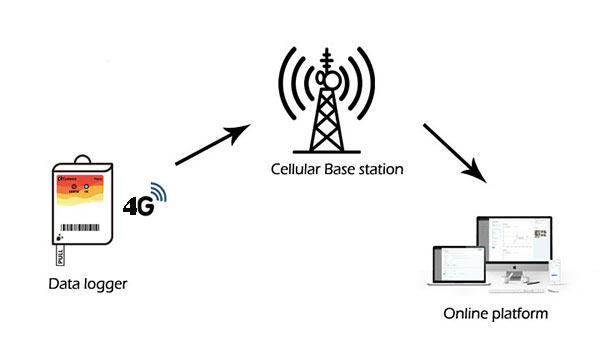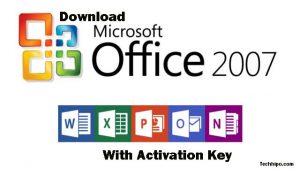
Data loggers are devices that can record and monitor changes in conditions. They could either be a single unit or may consist of many channels. Batteries usually power stand-alone or single units. It means that you can bring it anywhere and use it for extended periods.
How Does It Work?
A data logger consists of internal memory for storage, a microprocessor, and a sensor for gathering data. Generally, these devices are small and battery operated. Data loggers can be connected wirelessly to a device, used as a stand-alone device or connected to a computer for viewing and analyzing the data.
What are the Advantages of Data Loggers?
Data logging can be accomplished manually through constant observation. For instance, you could record the changes in the temperature using a thermometer and timer. However, if you want it to be done accurately and effectively, you can always rely on a data logger. It can do the job well, saving you more time and cost.
Unlike any other types of data acquisition instruments, you can operate data loggers independently. They come in different shapes and sizes. There is a wide variety of options to choose from, including a simple single-channel logger to a more complex device that can be programmable and handle lots of inputs.
What are the Common Applications for Data Loggers?
Data loggers are capable of monitoring humidity, temperature, pH, carbon dioxide, voltage, pressure, pulse and current, making them valuable in a lot of applications such as:
- Providing building maintenance data on ventilation, heating, and air conditioning operations.
- Examining the humidity and temperature levels of storage facilities.
- Checking the vaccine storage in medical facilities.
- Verifying the temperature of food.
- Analysing the growing capacity in the agricultural industry.
Different Input Types That Data Loggers Can Collect
Data loggers can collect various input types. Multi-input data loggers can handle two or more input types, including temperature and pressure or temperature and humidity. Some data loggers can handle all types of input. Some of the most common input types are temperature, pressure, voltage, humidity, and current.
How Long is the Recording Duration of Data Loggers?
The recording duration will most likely depend on the data logger’s memory capacity and the sample rate. To figure out your data logger’s duration, you have to divide the sample rate’s memory capacity.
How Can the Data Be Retrieved from Your Data Logger?
Retrieving the data will likely depend on the type of your data logger. You can connect the data logger to a computer to retrieve the data, or you can access them directly within your device. You can also transmit the data wirelessly to any connected device.
Generally, data loggers are more economical compared to chart recorders. They can accept a wide variety of input types and are more flexible. Most data loggers gather data then transfer them directly to a computer.
Data loggers offer more flexibility, most especially when you will collect a large number of sample rates. Normally, data loggers will collect data and store them in memory to retrieve it later on to a computer. In other words, you don’t need a computer during the data collection process, making them more suitable for applications that require portability.
Conclusion
Data loggers are portable, flexible, and reliable. You can use them in various applications, ensuring accurate data even in a large number of sample rates.


